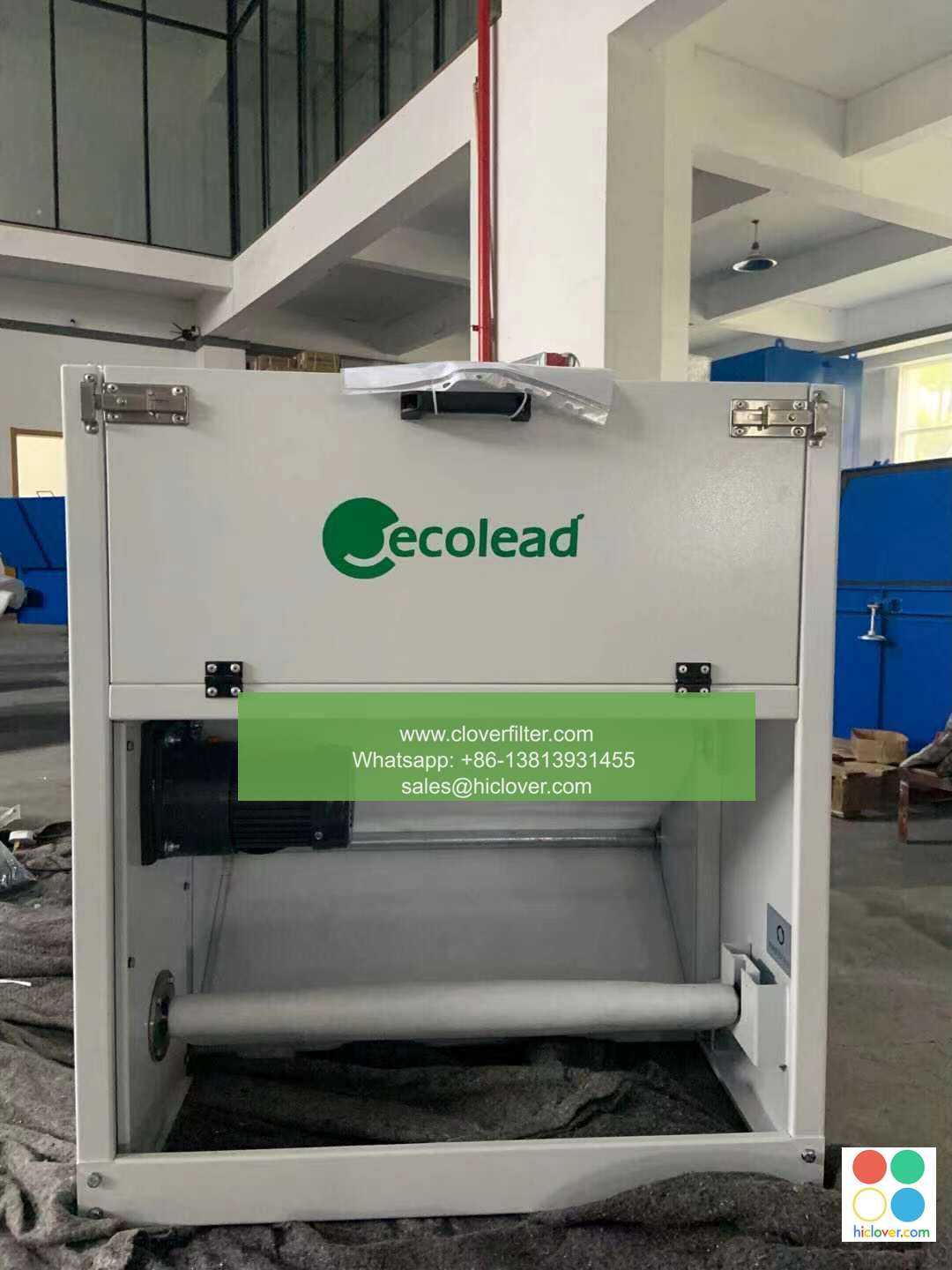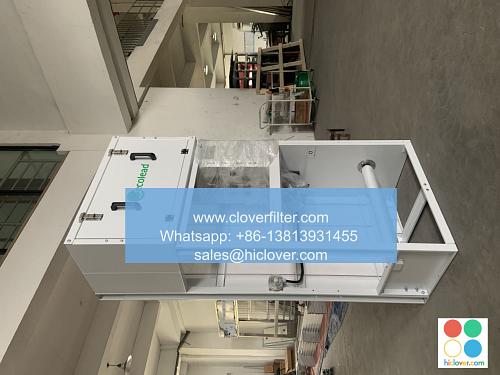Air Filter Sizing for Bus and Coach Bus Operations

Proper air filter sizing is crucial for the efficient operation of bus and coach bus fleets. The right size and type of air filter can significantly impact the performance, fuel efficiency, and maintenance costs of these vehicles. In this article, we will delve into the world of air filter sizing for bus and coach bus operations, highlighting various application areas and key considerations for fleet managers and maintenance personnel.
Understanding Air Filter Sizing
Air filter sizing refers to the process of selecting the correct size and type of air filter for a particular vehicle or application. This involves considering factors such as engine type, horsepower, airflow requirements, and operating conditions. Proper air filter sizing ensures that the engine receives the right amount of clean air, which is essential for optimal performance, fuel efficiency, and emissions reduction.
Application Areas for Air Filter Sizing
Air filter sizing is critical in various application areas, including:
* Urban transit buses: These buses operate in congested city environments, where air pollution and dust levels are high. Proper air filter sizing helps to ensure that the engine runs cleanly and efficiently, reducing emissions and maintenance costs.
* Coach buses: Coach buses often travel long distances, carrying large numbers of passengers. Proper air filter sizing is essential for maintaining engine performance, fuel efficiency, and passenger comfort.
* School buses: School buses require specialized air filters that can handle the unique demands of transporting children. Proper air filter sizing helps to ensure a healthy indoor air quality and safe transportation for students.
* Tour buses: Tour buses often operate in a variety of environments, from urban areas to rural landscapes. Proper air filter sizing helps to ensure that the engine runs smoothly, regardless of the operating conditions.
Key Considerations for Air Filter Sizing
When selecting air filters for bus and coach bus operations, fleet managers and maintenance personnel should consider the following key factors:
* Engine type and size: Different engines require different types and sizes of air filters. It is essential to select an air filter that is compatible with the vehicle’s engine.
* Airflow requirements: The air filter must be able to provide the required amount of airflow to the engine. Insufficient airflow can lead to engine performance issues and increased emissions.
* Operating conditions: The air filter must be able to withstand the operating conditions of the vehicle, including temperature, humidity, and dust levels.
* Maintenance schedules: Regular maintenance is critical for ensuring the longevity and performance of the air filter. Fleet managers should establish a maintenance schedule that includes regular air filter inspections and replacements.
Conclusion
In conclusion, proper air filter sizing is essential for the efficient operation of bus and coach bus fleets. By understanding the application areas and key considerations for air filter sizing, fleet managers and maintenance personnel can select the right size and type of air filter for their vehicles, ensuring optimal performance, fuel efficiency, and reduced emissions. Remember, a well-sized air filter is critical for maintaining a healthy engine, reducing maintenance costs, and providing a safe and comfortable ride for passengers. It seems like you forgot to include the prompt. Please go ahead and provide the prompt, and I’ll be happy to help!

